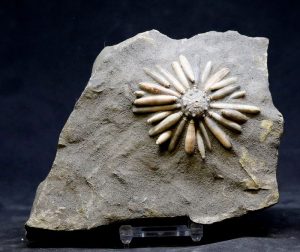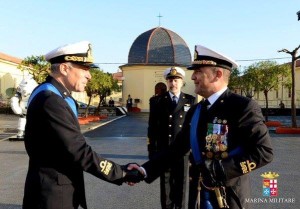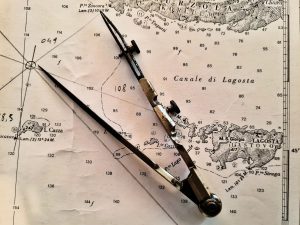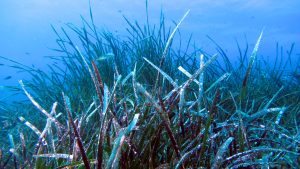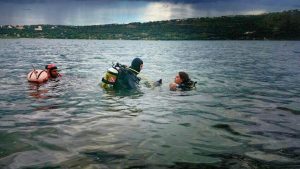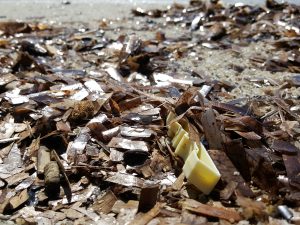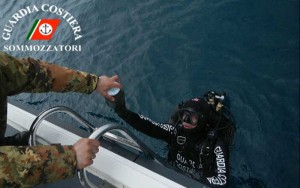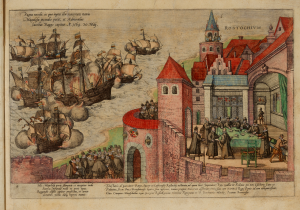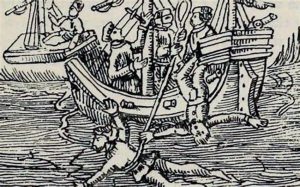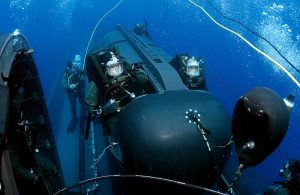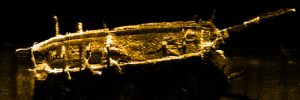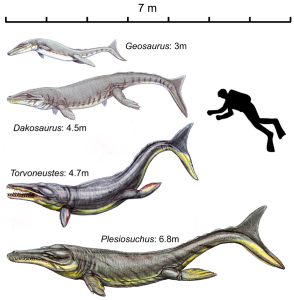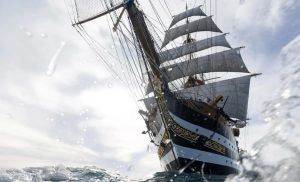.
livello elementare
.
ARGOMENTO: GEOPOLITICA
PERIODO: ODIERNO
AREA: MAR MEDITERRANEO – MALTA
parole chiave: Malta
.
Malta
The importance of Malta during the Second World War has been quoted many times. Actually this statement is quite reductive and should be revamped. These small islands, in the middle of the Eastern Mediterranean sea, have been crossroads of shipping and political interest for more than 30 centuries and are still contributing to the stability of the Southern region. A recurrent question is why the Maltese islands, that barely cover 420 square kilometers (122 square miles) of territory with a population of some 380,000 inhabitants, are still important in the 3nd Millennium?

L’arcipelago di Malta, https://www.cia.gov/library/publications/the-world-factbook/geos/mt.html da Malta File:Malta map.gif – Wikimedia Commons
A response can be found in his long lasting history. Malta Islands were always been a natural crossroad where different civilizations for centuries faced each other for political, economic and even religious interests. Tracing back, in the year 1000 A.D. Malta inhabitants were described as Arabic speaking farmers and fishermen whom embraced the Islam. Later on, in the XI century, Normans took control of Malta and a slow process of re-Christianization began. However, the Arabic root influences persisted in the Maltese way of living for centuries. Actually, this heritage is still clear and present in the local toponomy and language spoken by Maltese. Under the harsh ruling of Spaniards, the Islands were left under the mercy of recurrent attack by Barbary corsairs and became underpopulated and even poorer. At that time, piracy was one of the most lucrative activity for Maltese, thanks to the strategic location close to most of the Mediterranean commercial routes.
The understanding of the necessity to maintain an effective maritime power in that area moved the Knights of the Order of Saint John (aka Malta Knights) to take control and invest in developing an efficient harbor to host their galley fleet to cross Ottoman commercial shipping. Under the Knights the Maltese Islands experienced an extraordinary economic boom. Arts and opportunities were offered for sailors and tradesmen providing greater prosperity until the end of the 18th Century. Following the Napoleon period and the French invasion, Malta suffered a strong decadence until her capture by the British, when the new government ensured a relative wealth to the Islands. Actually, British understood the strategic importance of the harbor facility providing an excellent link to their shipping and they used the existing facilities for their purposes. Malta was allowed to maintain a kind of cultural independence, in particular concerning religious faith.
Why British looked at Malta and not at Lampedusa or Pantelleria islands? The reason was relate to the fact Malta could offer better assets, larger than those of the two Italian Islands. In particular, analyzing the island morphology, Malta and Gozo are larger enough to hold a protected detachment and its equipment. Secondly, Malta has a magnificent harbor, the Grand Harbour (in Maltese language, called il-Port il-Kbir), also known as the Port of Valletta; an extraordinary natural harbor, used since the Phoenician time, developed in the centuries with docks and piers protected by strong fortifications.
Because of its political importance, Malta was the scene of bloody events as the great siege of Malta (1565) when the Ottoman forces tried to eject the Knights of Malta but were eventually defeated. Then, a lot of fortifications were built to reinforce and better protect the area by enemy aggressions. Under the British government, Malta became the main base of the Royal Navy in the Mediterranean sea, lasting its presence until the last century. Beside, in the late 19th Century, Malta suffered an internal harsh disagreement among the wealthiest classes about what they called the “language question”. One side represented by the Italian Speaking nobles, looking for better and closer relations with the closer Kingdom of the two Sicilies, in the other the entrepreneur and industrial lobby, strongly tied to Britain, pushing for the use of English as primary language. The language question was raised but never fully resolved, even after the First World war when Malta achieved a self-government. As local identity, in 1934, Malta declared Maltese as one of the official languages (the second one is still English). Eventually, in 1964, Malta became independent from the United Kingdom.
It comes by itself, that Maltese Islands in the 2nd millennium found themselves in the middle of several discussions that signed on some way the modern world history. Although most of them are overpassed by the history, Malta appears to be, still, an important protagonist in the future Mediterranean policy, being a natural geographical but also cultural bridge between Western Europe countries and North Africa/Middle East ones. Since the 70’s, although declaring to be a democratic European country, it choses neutrality and non-alignment to stay politically outside the Cold war Countries quests. Today Malta’s strategic geographical position is not anymore related to its previous military importance but to the outstanding ship building and maintenance facilities for cruise ships which facilitate the arrival of over one million tourists each year providing a huge resource for this small Country.
However challenges are always behind the corner. One of the most visible confrontation is the Malta approach to migrants. In 2004, before Malta joined the EU, the level of immigration was negligible. Its peculiar position, close to North Africa (about 288 km from Tunisia), facilitated the flow of migrants and it becomes one of the natural gateway for everybody was seeking an easier entry to Europe for a better living and survival. Malta objected that, in relation to its population, “it receives the highest number of asylum applications in the world. As elsewhere, immigration policy has become an obsession and the prime minister, Joseph Muscat, attempted to send two planeloads of Somali migrants back to Africa, without hearing their pleas for asylum – echoing recent suggestions of a tow back policy adopted in Australia”. That was just before the European Court of Human Rights of the Hague declared such strong reaction illegal. Although Muscat replied that it was a provocation to attire the international attention, the issue is far to be solved.

Campo profughi a Hal Far: data la sua vicinanza con la Tunisia e la Libia, Malta è un approdo molto utilizzato per l’immigrazione ed è meta di rifugiati, con una netta prevalenza dal continente africano Autore: Myriam Thyes File:Halfar-refugee-camp-595.jpg – Wikimedia Commons
Situation is not simple and the increasing flow of migrants from Somalia, Syria and other distressed countries called for a common solution, often solicited to Bruxelles by Italy, Cyprus and Greece. What is common to these countries is that the situation is unmanageable with even no pragmatic possibility of integration of the refugees, keeping ethnic minorities segregated, and an worrisome increasing level of racist sentiments. EU should have a real unique policy on this matter, and there should be an effective collaboration among the Union to give those people a first humanitarian support and then a correct selection among those who really have the right to asylum and those who are just illegal immigrants. A sharing of the first ones among all EU countries is deemed necessary.
Another issue to be analyzed is the European Policy in the Southern region. Bruxelles has to understand that Mediterranean Sea is the Southern border of Europe and no one is exempted by such heavy tax for our prosperity and security. The collapse of Southern countries can be the sinking of the European economic system. To limit the migration we need to act directly in their Countries providing local education and support for their economies. Politically speaking, the dramatic situation in North Africa, the increase of instability, the lack of control by the local legitimate governments will boost more and more migration towards Europe. The solution to be pursued is not acting at the borders (with provisional responses) but inland, in Africa and in some countries of the Middle East, where profound wounds, heritage of still unresolved problems following the European colonialism period, are mining prosperity and survival of these populations. Solutions are already clear and existing but a common intent is still vague and dressed by national interests. The 1990 Dublin Regulation is overpassed by the event and not sufficient to guarantee a solution. Malta is gasping and support should be ensured as well to all the Southern European Countries.
Resuming, Malta is still a key protagonist as well the other Mediterranean countries and its role should be taken into account in the security chessboard of the 3rd Millennium.
Andrea Mucedola
foto in anteprima: Malta, San Sebstian curtain – da wikipedia – Maltese cultural property with inventory number 01587 File:St Sebastian Curtain.jpg – Wikimedia Commons
Una sorpresa per te su Amazon Music unlimited Scopri i vantaggi di Amazon Prime
Alcune delle foto presenti in questo blog possono essere state prese dal web, citandone ove possibile gli autori e/o le fonti. Se qualcuno desiderasse specificarne l’autore o rimuoverle, può scrivere a infoocean4future@gmail.com e provvederemo immediatamente alla correzione dell’articolo
,
- autore
- ultimi articoli
ammiraglio della Marina Militare Italiana (riserva), è laureato in Scienze Marittime della Difesa presso l’Università di Pisa ed in Scienze Politiche cum laude all’Università di Trieste. Analista di Maritime Security, collabora con numerosi Centri di studi e analisi geopolitici italiani ed internazionali. È docente di cartografia e geodesia applicata ai rilievi in mare presso l’I.S.S.D.. Nel 2019, ha ricevuto il Tridente d’oro dell’Accademia delle Scienze e Tecniche Subacquee per la divulgazione della cultura del mare. Fa parte del Comitato scientifico della Fondazione Atlantide e della Scuola internazionale Subacquei scientifici (ISSD – AIOSS).

























